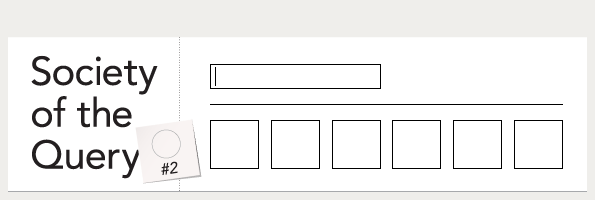Appendix to Children’s Information – Who Cares? By Maarten Sprenger. Back to Children’s Information – Who Cares? By Maarten Sprenger
1. Public Television (NTR)
– SchoolTV: Large video platform.
– Het Klokhuis (See also: en.wikipedia.org/wiki/Klokhuis): Short children’s documentaries.
– SchoolTV-Eigenwijzer: Search engine and information platform (10+). Eigenwijzer is one of the most complete textual information platforms. Eigenwijzer will be discontinued: web activities by TV-companies are legally only allowed when they are directly connected to broadcasts. NTR didn’t produce TV-shows for Eigenwijzer.
All SchoolTV and Klokhuis productions, as well as those of Jeugdjournaal and SchoolTV Weekjournaal (both children’s news programs), can also be found in the database of SchoolTV Beeldbank, and in another large educational moving image database: Teleblik (only available on subscription with a school account).
2. Public Library Platforms
The world of public libraries is complex. Up to 2012 the widely oriented and well used Schoolbieb.nl offered nice public info for children. Plans were to find a payment mode for the platform, but now Bibliotheek.nl develops an extensive series of subjects and themes with info, links and suggested books. Nice stuff, but what a pity that all the old information of Schoolbieb was put offline, two years before the new site shows substantial content (beginning of 2014). Some linked sources of the new (nameless) platform are only offered on site in libraries (i.c. the Junior WP encyclopedia) or through an account offered to schools (i.c. interactive animations and digital audio lectures). The public libraries also maintain the website Leesplein.nl, about children’s literature.
NBD-Biblion, a company offering several services to (school-)libraries, provides through its Actuele Documentatiebank Jeugd a big collection of subjects linked to a range of (optional) databases. Introductory information is publicly available, but specific links to for example newspaper-databases only in libraries (on site!) requiring a subscription. I have no indication how well this useful source actually is used.
3. Publishers
The children’s department of the Winkler Prins encyclopedia (Junior WP) offers good information on quite a number of subjects, as one might expect of an encyclopedia. It’s paid info, not publicly searchable on the web, though available within libraries with a subscription through bibliotheek.nl.
Two other publishers provide children’s information: Blink (Spreekbeurten.nu) and Noordhoff Uitgevers (Docukit, see paragraph ‘Where else…’).
Two magazines have great web content: Samsam (focus on third and second world countries and peoples) and Het Kleine Loo (concerning Dutch agriculture and horticulture). Some museums like Naturalis (nature info) and the RMO (National Museum of Antiquities Leiden) offer public web information for children. Websites entoen.nu and INNL focus on national history. Science is offered by sciencespace.nl, expeditionchemistry.nl, proefjes.nl and the Technopolis website from Brussels. Leesfeest.nl (on children’s books) about literature is a private initiative.
It looks like Kennisnet.nl, the biggest Dutch educational platform has reorganized its children’s content in 2013. Their current focus is not clear. They discontinued hosting their useful but fragmented children’s information, in favor of new themes called ‘Wat nou? (www.watnou.nl), containing about nine subjects so far (as of January 2014). Kennisnet recently merged with Mijn Kind Online (Knowledge Centre for Youth and Media).
For a complete overview consult 8-12.info.
Back to Children’s Information – Who Cares? By Maarten Sprenger


